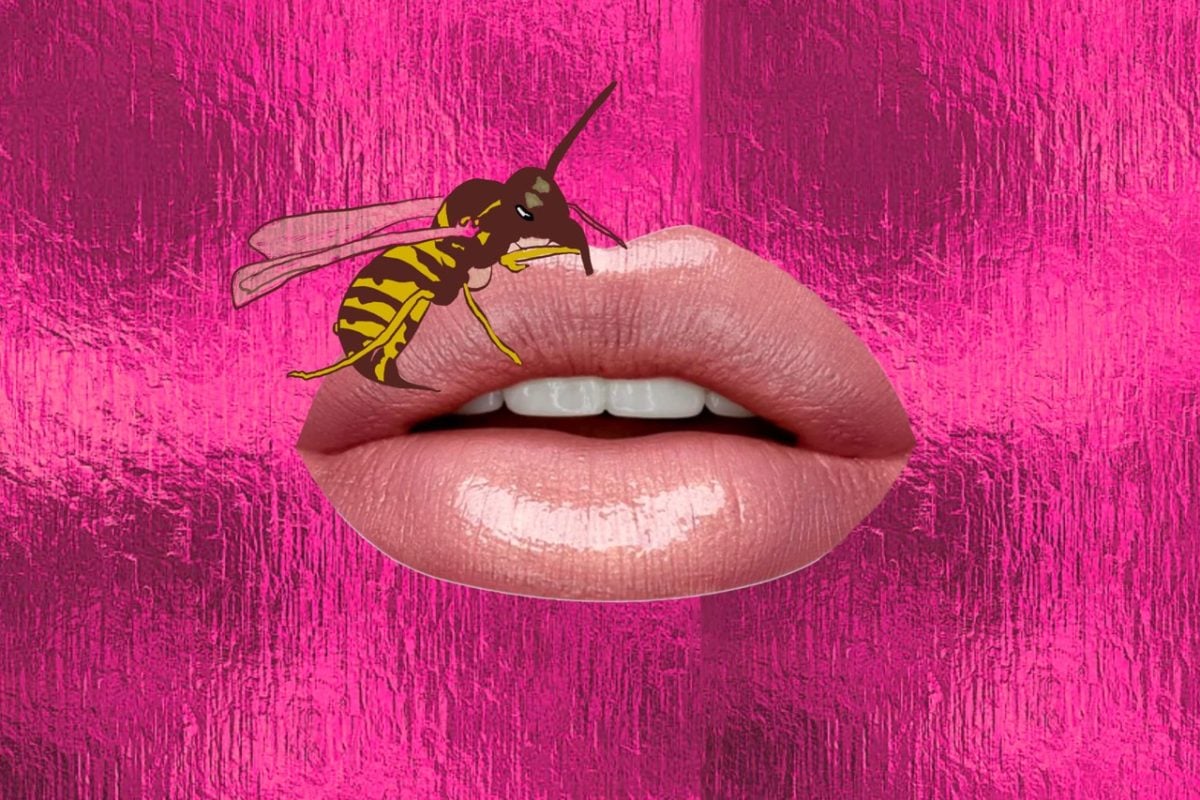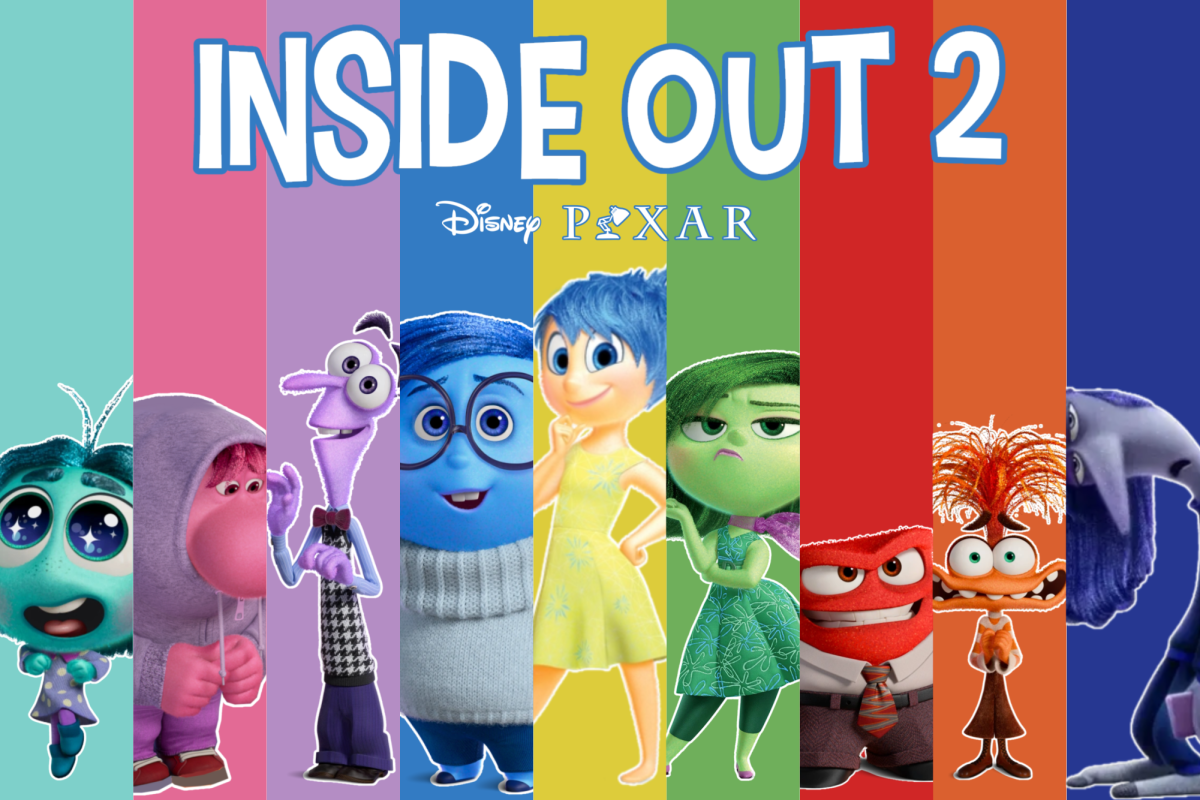The latest buzz in the beauty industry surrounds an ingredient with a sting. Increasingly common in cosmetics and skincare, bee venom has received its fair share of praise and scrutiny in recent months.
Rachel Sommers, CEO and founder of Intoxicated Cosmetics, said topical solutions with bee venom are popular because they prevent aging, treat acne and heal scarring. She describes her brand, seen in British Vogue and Forbes, with the phrase “based on nature but perfected by science.”
Sommers had a “lightbulb” moment after reading about the qualities of bee venom while researching alternatives to Botox.
“Bee venom also contained antimicrobial properties,” Sommers said. “It reproduced collagen and elastin and blood flow in the skin, and it had a similar but, of course, smaller-scale effect than Botox does in the sense that it inhibits neuromuscular transmitters, your facial muscle movements.”
Put simply, bee venom can make skin smoother and lips plumper. Peer-reviewed studies acknowledge that skin reactions to bee venom could include immunological responses, like anaphylaxis, but also show the ingredient’s effectiveness. For example, the National Library of Medicine published a study which found the twice-daily application of bee serum stimulated the healing progress from 8.6% to 52.3% in 30 volunteers with mild to moderate acne vulgaris.
Weinberg freshman Sabriye Powell said she uses the Bee RX Bee Venom Lip Plumping Serum three to four times per week. She continues using it despite a tingling sensation which she described as “bordering unpleasant,” because it works.
“I thought it was just like a cool name that they gave it. I didn’t realize they actually use bee venom, so it was kind of a shock to me,” she said.
According to Jessica Dawn, owner and sole esthetician of Dawn Skin Studio in Evanston, research shows bee venom can help address issues like dermatitis, alopecia and other significant skin conditions that would otherwise be treated in a dermatology office. However, she said she has reservations about whether the ingredient will become commonplace.
“I would question if it would become a standard active ingredient because of the methodology of collecting the bee venom, it could maybe not sit well with some people as far as how it may not be deemed ethical,” she said.
Beekeepers collect bee venom via low-voltage electrical stimulation. Collection frames with a low electrical current and glass base are installed in honey hives, causing bees that come into contact with the wire electrodes to receive a small shock and sting the glass.
Sommers said because the glass “sting plate” cannot be penetrated, the bees release the venom while keeping their barbed stinger, allowing them to survive.
“It’s definitely been a challenge, but I think the more we sort of harp on how we would never harm any animals, like I’m such an animal lover myself, that was really important to us to get that message across to consumers,” Sommers said.
While you might have heard about bee venom from media outlets featuring celebrities like Gwyneth Paltrow and Kate Middleton back in 2016, social media has since propelled the growth of the bee venom extract market to an estimated $378 million with a compound annual growth rate of 5.0% from 2023 to 2033, according to Future Market Insights.
However, Dawn cautioned her clients against using products without researching them first.
“Take everything that you see or hear about on social media with a grain of salt,” she said. “Always be your own advocate and go above and beyond to the next level of actually looking into that product, looking into the ingredients.”
Email: [email protected]
Related Stories:
— NU psychology professor publishes book on negative impacts of beauty standards on women




















